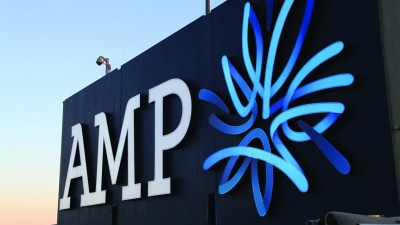Mental illness costing Australian businesses


Mental ill-health costs the Australian economy $70 billion each year and a portion of this is through losing employees and productivity from workplaces, which is an area that financial services and superannuation businesses could benefit from improving.
Speaking at the Conference of Major Super Funds today, National Mental Health Commission chair, Lucy Brogden, said that by failing to adequately address poor mental health amongst employees, workplaces would lose good workers and have to manage poor performance.
In general, she said that most people suffering poor mental health, or caring for someone who was, often used to be good workers, meaning that employers were losing quality recruits should they not adequately provide for their mental health.
Indeed, live polling at the talk suggested that many superannuation funds and associated businesses were failing to offer such support. It revealed that 40 per cent of attendees’ workplaces didn’t have a formal mental health plan for employees, with 37 per cent not knowing if a plan existed and just 23 per cent finding that there was one.
According to SuperFriend chief executive, Margo Lydon, an effective mental health plan needed to go beyond just “a fruit bowl or a yoga mat or an employee assistance program (EAP)”, encouraging employers to dig deeper in their offerings.
Brogden identified seven areas where employers could improve their management and support of employees’ mental health. These were:
- Smarter job and work design;
- Promoting and facilitating early help seeking and early intervention;
- Building a positive and safe work culture;
- Enhancing personal and organisational resilience;
- Supporting recovery, including helping bring people back from stress leave rather than presuming it would be more beneficial to push the employee out; and
- Increasing the awareness of mental illness and reducing stigma, with those who are more senior in the workforce especially needing to work on this element.
Recommended for you
Adviser Ratings has explored whether there is a financial benefit to advice firms seeking to have a specialised client base in terms of client assets and fees charged.
The Federal Court has approved the $16 million class action settlement regarding Dixon Advisory and Superannuation Services.
Praemium’s Powerwrap platform experienced net outflows of $53 million as advisers continued to transition, bringing total gross outflows from these transitioning advisers to over $700 million.
The wealth management company reported $544 million of inflows from financial advisers in the first quarter of 2024.














